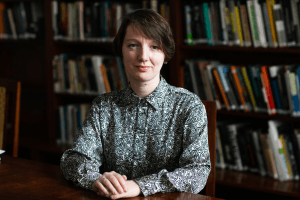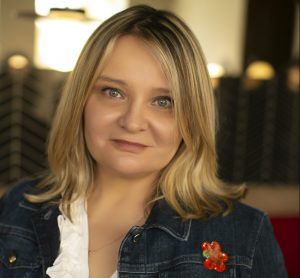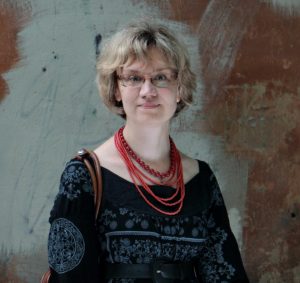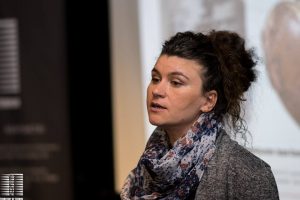Gender Dimensions of Modernity Spaces
This course is about how to study the late modern period through a gender-based lens. The series of lectures offered here invites you to look at various topics and manifestations of modernity, accounting for the tool of gender, a lens that enables qualitatively new readings of male and female experiences of the past. The late nineteenth and twentieth centuries entered history with rapid changes, such as political, economic, demographic, social, ideological, and cultural. The course makes an attempt to look at how modernization has changed men and women and their gender roles and responsibilities, and what new meanings it gave to the once-established norms. It also tackles the question of how modernity’s enshrined approaches affect our present. The topics presented in this course refer to different humanitarian disciplines (women’s history, cultural studies, sociology, literary studies, art studies) and to different historical contexts. They rely on a variety of sources and methods focusing on people in their gender-based roles and interdependencies. The course will present the heuristic potential of the gender approach to the study of the recent past, revealing the peculiarities of women’s experience of modernization in different historical contexts in an urban space.










